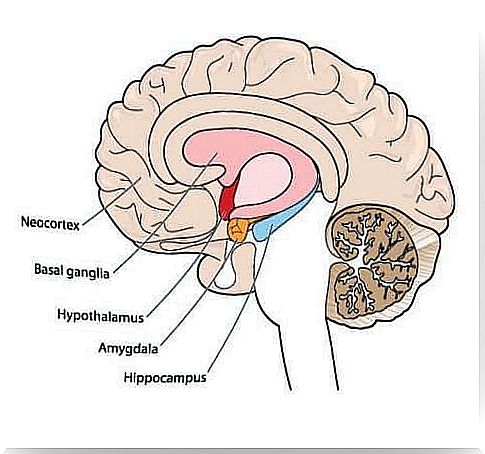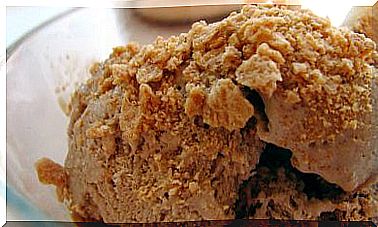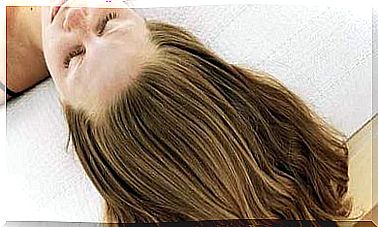Athetosis: Knowing A Movement Disorder

Athetosis is the set of slow, fluid and contorted involuntary movements. It usually affects the hands and feet. This pathology is an uncommon manifestation of certain neurological diseases, especially anatomical or functional damage of the basal ganglia.
What are the basal ganglia?

The basal ganglia are structures formed by gray matter and are located in the central portion of the brain. They are characterized by a large number of connections to other structures within the brain. They are formed by the caudate nucleus, putamen and globus pallidus.
They participate in the execution and maintenance of motor activity, so that anatomical or functional changes, given by the deficiency or excess of certain neurotransmitters, manifest themselves clearly in the form of abnormal movements.
Basal ganglion disorders
Most basal ganglia disorders are related to functional changes. This is due to a deficit or excess of certain neurotransmitters, which leads to electrical hypo or hyperactivity in that region. This hypoactivity or hyperactivity is evident in the affected person’s motor activity.
There are many abnormal movements such as chorea, dystonia, tremors or athetosis. Chorea consists of brief, irregular, repetitive involuntary movements.
The movements are, to some extent, quick and start in one part of the body, moving to another suddenly and unexpectedly, and often without interruption.
Chorea usually affects the face, mouth, torso and extremities. Hemibalism is a type of chorea that usually involves violent involuntary spastic movements of an arm or leg. The movements are wider and more intense than in Korea.
Athetosis, as well as other manifestations such as chorea, can be caused by a large number of diseases. Furthermore, their presence guides the diagnosis in a way. Chorea and athetosis can present themselves simultaneously as choreoathetosis. They are not disorders per se, but symptoms produced by several very different pathologies.
What is athetosis?

Movement disorders can be divided into two types, corresponding to hypokinetic and hyperkinetic syndromes, depending on the type of motor activity involved.
Hypokinetic syndromes include Parkinson’s disease, neurodegenerative disorders and secondary parkinsonism. These diseases are characterized by their own symptoms, but due to medications or other organic causes. This includes drugs, infectious diseases, trauma and hydrocephalus.
Hyperkinetic syndromes include a number of very obvious signs on physical examination that include tremor, chorea, dystonia, tics, and myoclonus. What differentiates athetosis, also called slow chorea, from other disorders is that patients are unable to hold a part of the body in a certain position. It manifests itself with slow, constant and unavoidable movements.
It usually occurs in the distal portions of the limbs, tongue, and throat, although it can occur elsewhere in the body. The slow movements characteristic of this disorder allow it to be differentiated from other alterations, such as chorea. Although there are similar clinical forms called choreoathetosis.
The term choreoathetosis is applied to different degenerative diseases, such as Huntington’s disease, much feared by the inevitable course of the disease.
Other causes of athetosis
There are other causes of athetosis, for example , central nervous system infections such as encephalitis. They are related to widespread and severe damage to all brain tissue. For this reason, movement disorders and signs are quite common.
However, these patients should receive long-term treatment with immunosuppressants such as steroids. As a result, there may be a tendency for nervous system infections. This can trigger movement disorders, something similar to what happens in encephalitis.
So, was this information helpful to you? So please stay with us as we have more articles related to health and wellness.









